Advertisement
Growing Lavender Plants
Advertisement
Lavender is renowned for its calming fragrance and timeless, attractive flowers and foliage. This perennial plant is also cherished for its oil, commonly used in aromatherapy, natural medicine, and beauty products. Growing lavender from seed is a cost-effective way to enjoy the health and beauty benefits that make this plant so beloved. You'll need to know which types of lavender are best suited for your garden and intended use. Lavender requires care that's different from most plants, so understanding its specific needs will help you cultivate vibrant, healthy bushes.
Lavender Needs a Warm Climate
Typically thriving in warm, dry climates like its native Mediterranean habitat, lavender loves the sunshine. Spring is an ideal time to plant from seed in many areas, but make sure your soil is warm enough. Most lavender cultivars require full sun for at least eight hours per day. However, species such as Lavandula Angustifolia, Lady, and Munstead can do well in cooler regions. So, consider your local climate when selecting your lavender variety.
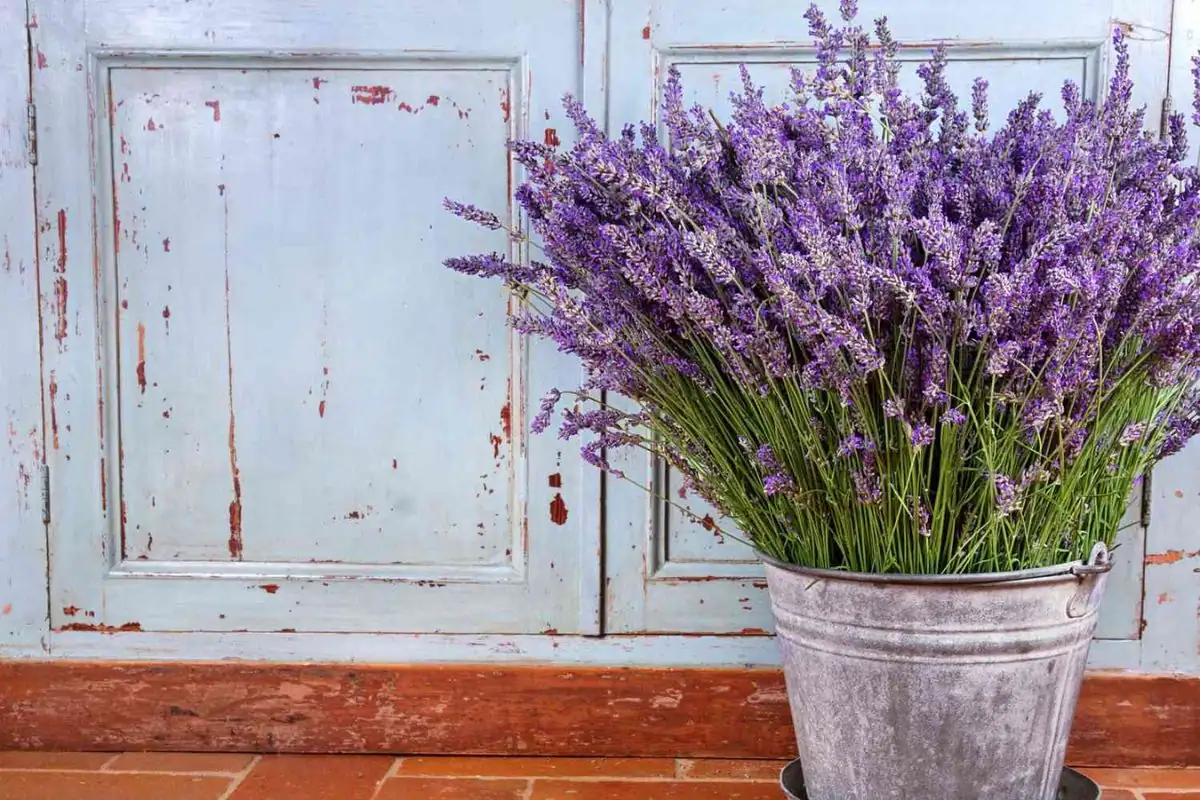
Advertisement
Getting Started with Lavender Seeds
Lavender seeds germinate slowly, taking anywhere from two weeks to three months. To begin, place your seeds in a shallow seed tray, barely covering them with soil. Keep the tray in a warm, sunny spot indoors. If you don't have a warm area or greenhouse, use a heat mat to keep the seeds warm. Additionally, ensure the soil stays moist but not overly wet to promote germination.
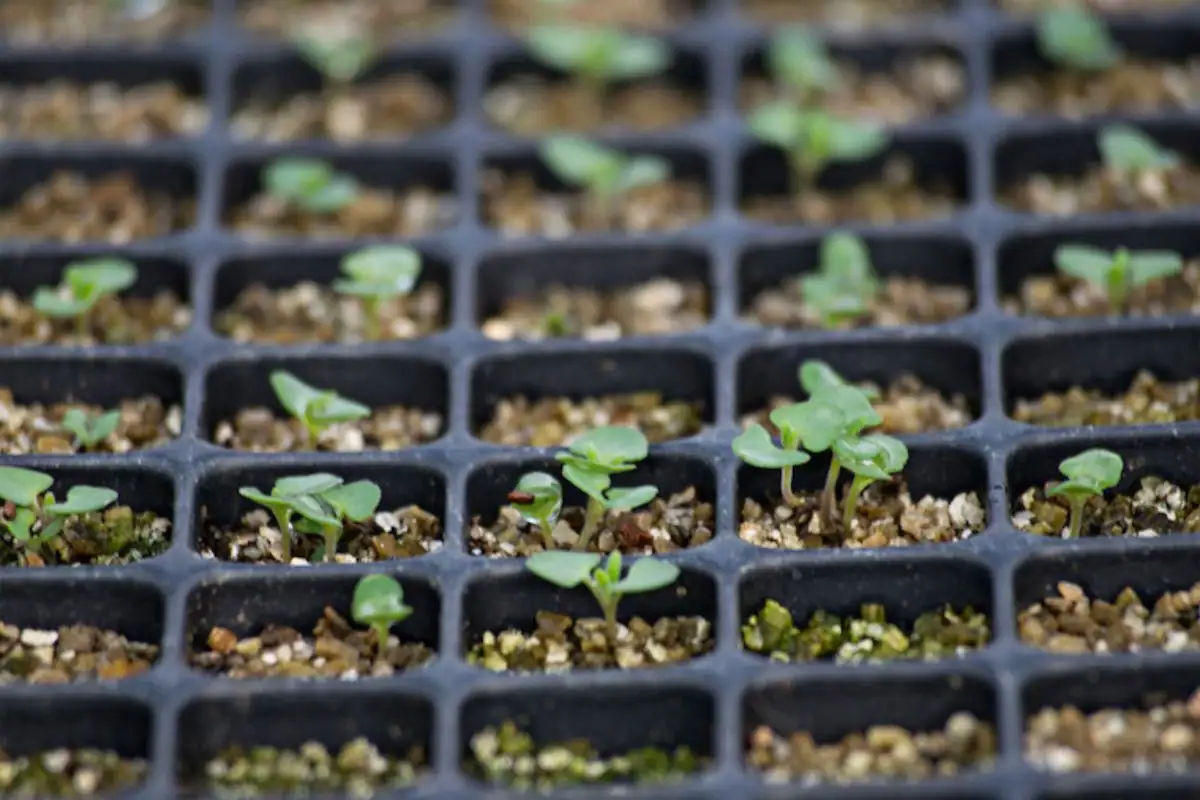
Advertisement
Make Sure Your Lavender Is Ready Before Transplanting
Once your lavender seedlings have several sets of leaves, it's about time to plant them in their final location. You should notice growth at the bottom of the stem near the soil and perhaps at the top as well. If you see roots protruding from the bottom of the seed plugs, it's a sign that your lavender is ready to be transplanted.
Before making the move, check to see if the roots are strong enough. Gently tug on one stem before watering your seedlings. If you feel resistance, the roots are established, and you can proceed. If the stem starts to pull out, stop and wait another week before testing again.
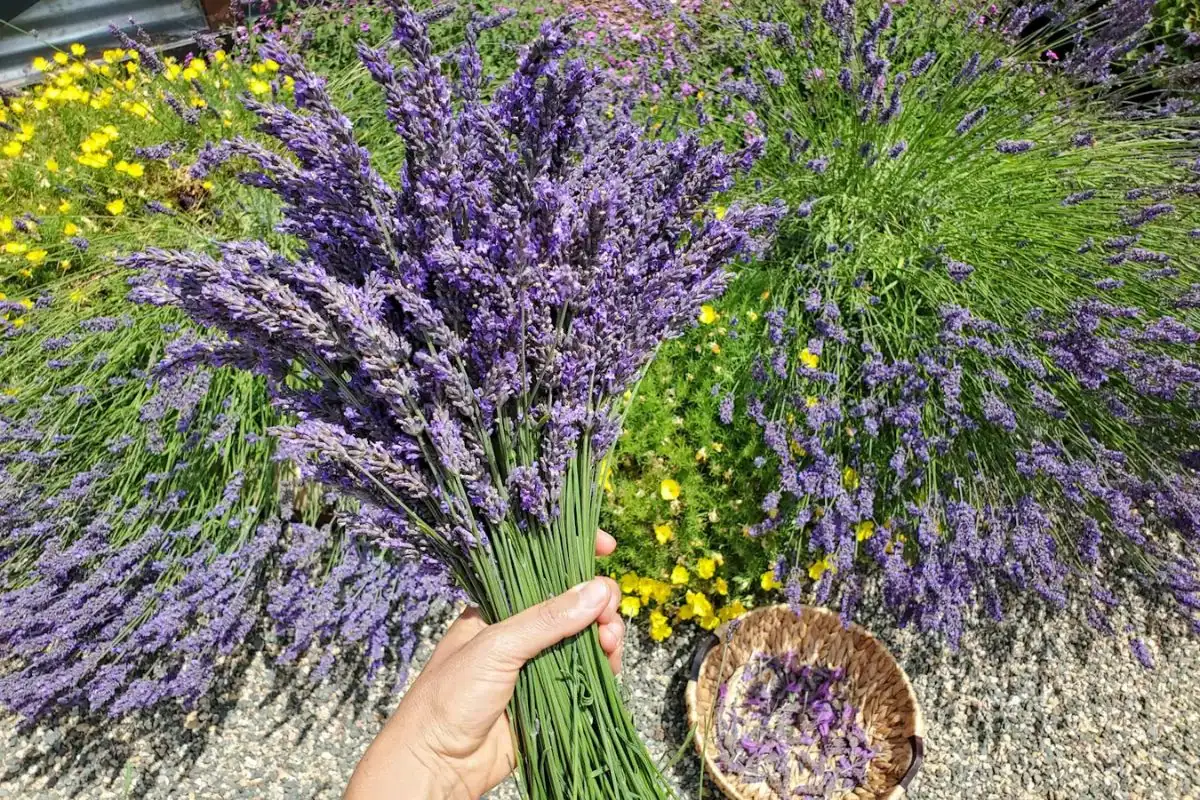
Advertisement
Give Your Lavender Plants Enough Space
Here's the deal: lavender needs plenty of air movement around and between each plant. Therefore, place them 12 inches apart and make rows 12 inches apart. For staggered hedges, position each lavender plant so that the ones in the first row sit halfway between the spaces separating the plants in the second row. This arrangement ensures good air circulation and helps prevent diseases.
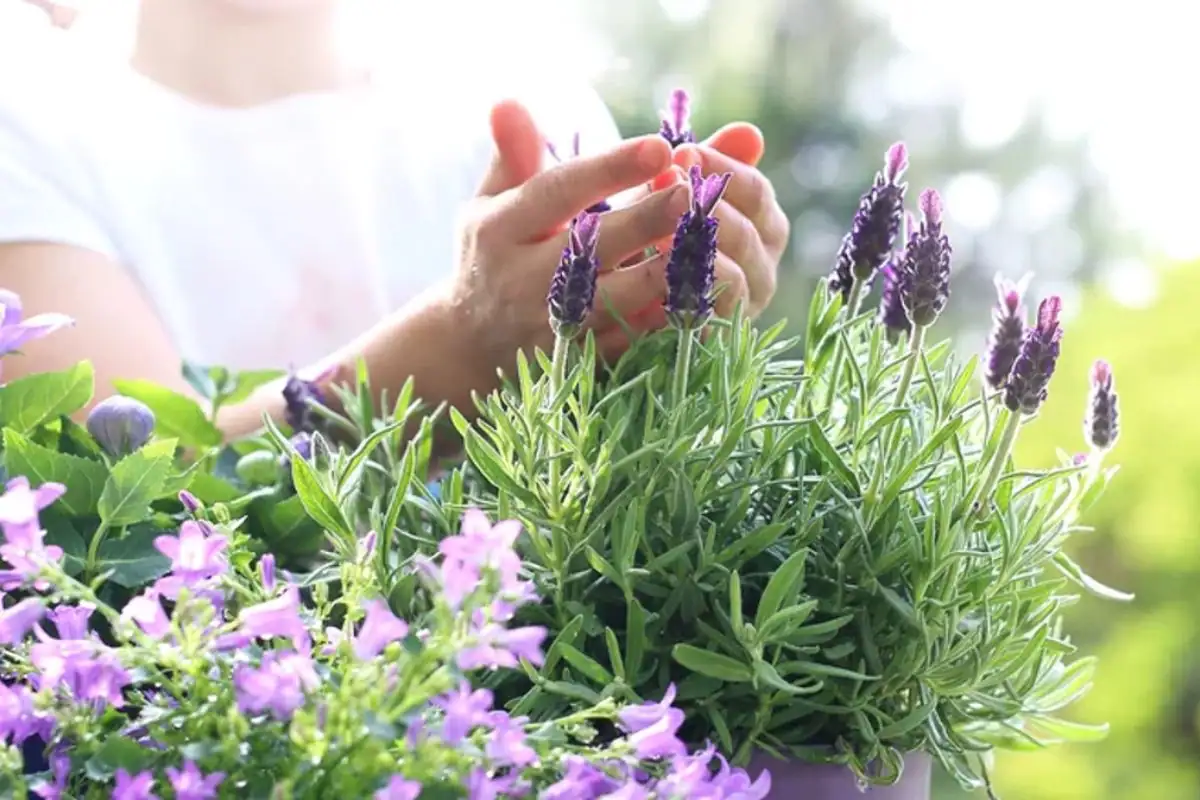
Advertisement
Make Sure Soil Is Well-Drained and Fertilized
Lavender requires minimal moisture, so it's essential to grow plants in well-drained areas or raised beds with light, rich soil. Keep them away from wet, moist spots. If you have clay or heavy garden soil, add organic matter to improve drainage. If you're planting in pots, use terracotta pots with drainage holes to allow excess water to escape.
Go easy on fertilizer as well; too many nutrients may harm your lavender or reduce its flower production. Limit fertilizing to the start of the growing season to give your plants a gentle boost.
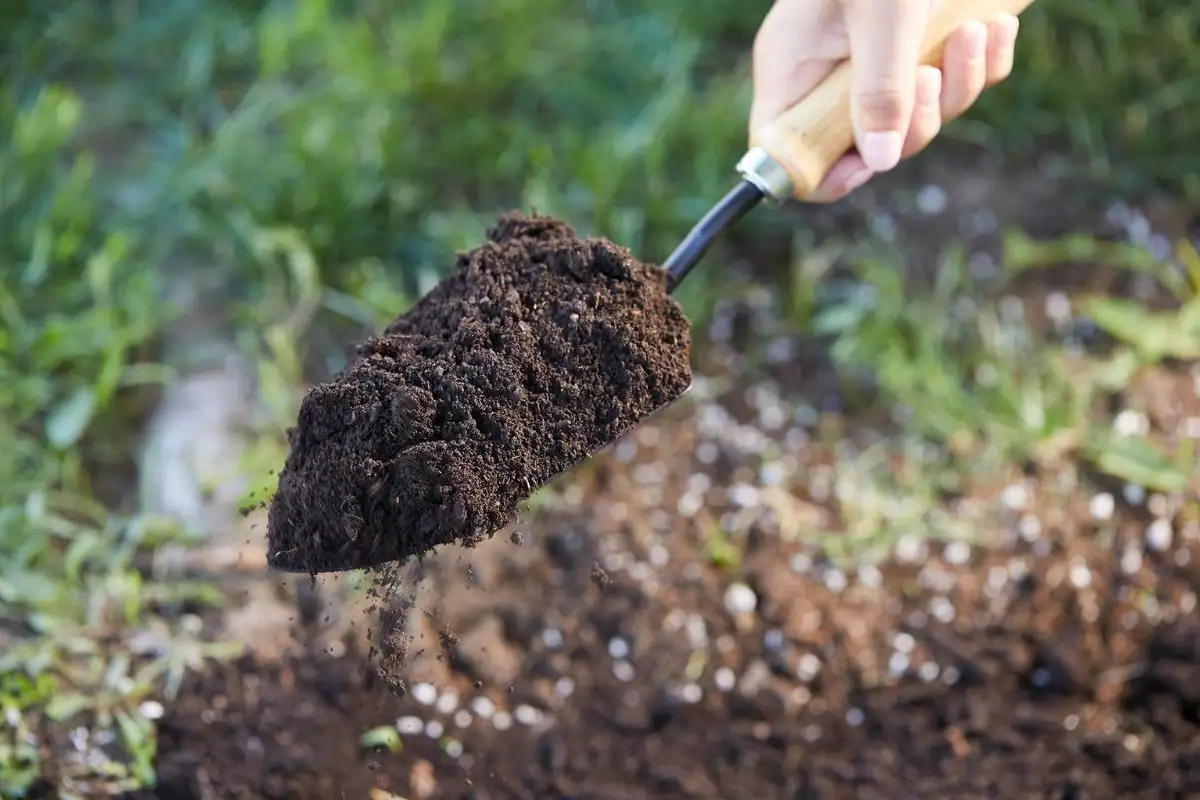
Advertisement
Don't Over-Water Your Drought-Tolerant Lavender
Lavender is drought-tolerant; mature plants do well with little water. Overwatering is a common cause of fungal diseases because overly moist soil promotes pathogen growth. Water new plants once or twice weekly until they are established. For mature plants, water only every two to three weeks until you see buds. Once buds develop, you can water once or twice a week until harvest.
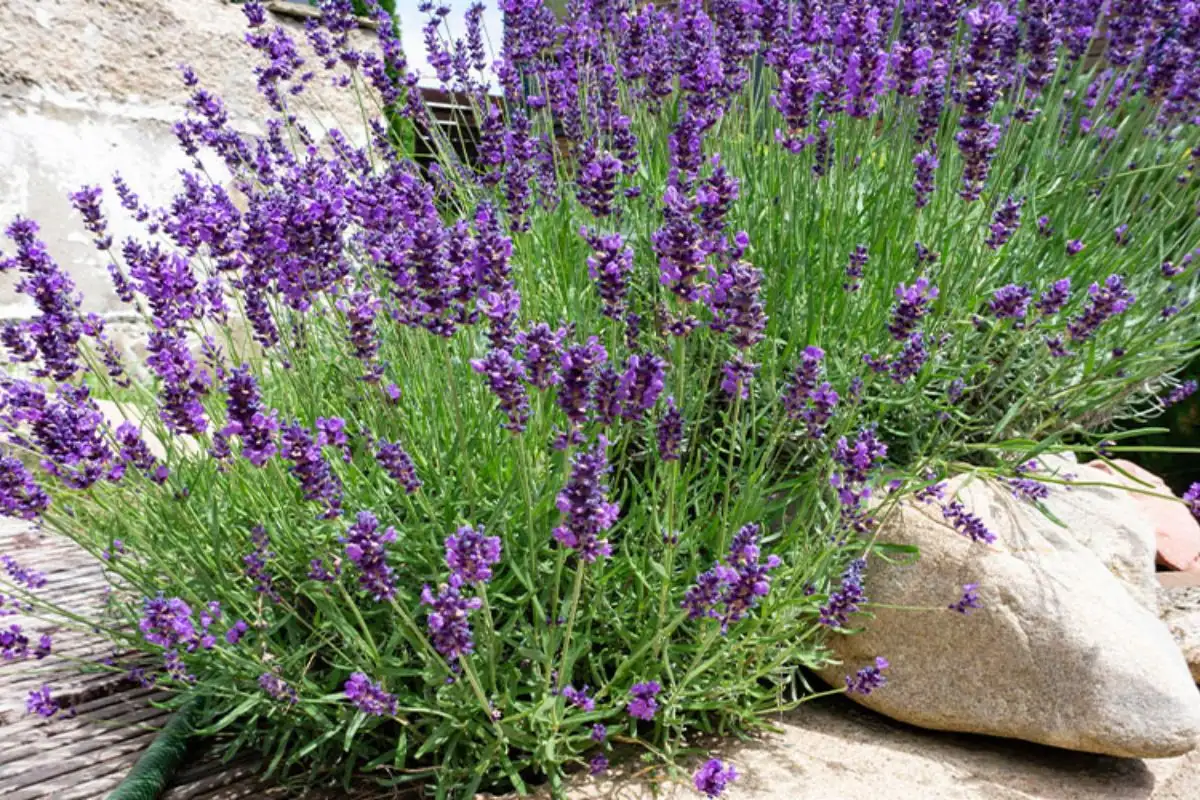
Advertisement
Prune Your Plants
At the end of the day, pruning is essential for growing strong, healthy lavender. It allows the plant to channel its energy toward sturdier stems and more leaves. Pruning also lets you control the general shape and size of your plant while promoting flowering.
In early fall, cut back one-third to one-half of the green stem. Be careful not to cut into the woody part, which can damage the plant. Trim the bush into a mounded shape so that it won't become open and woody in its center as it grows.
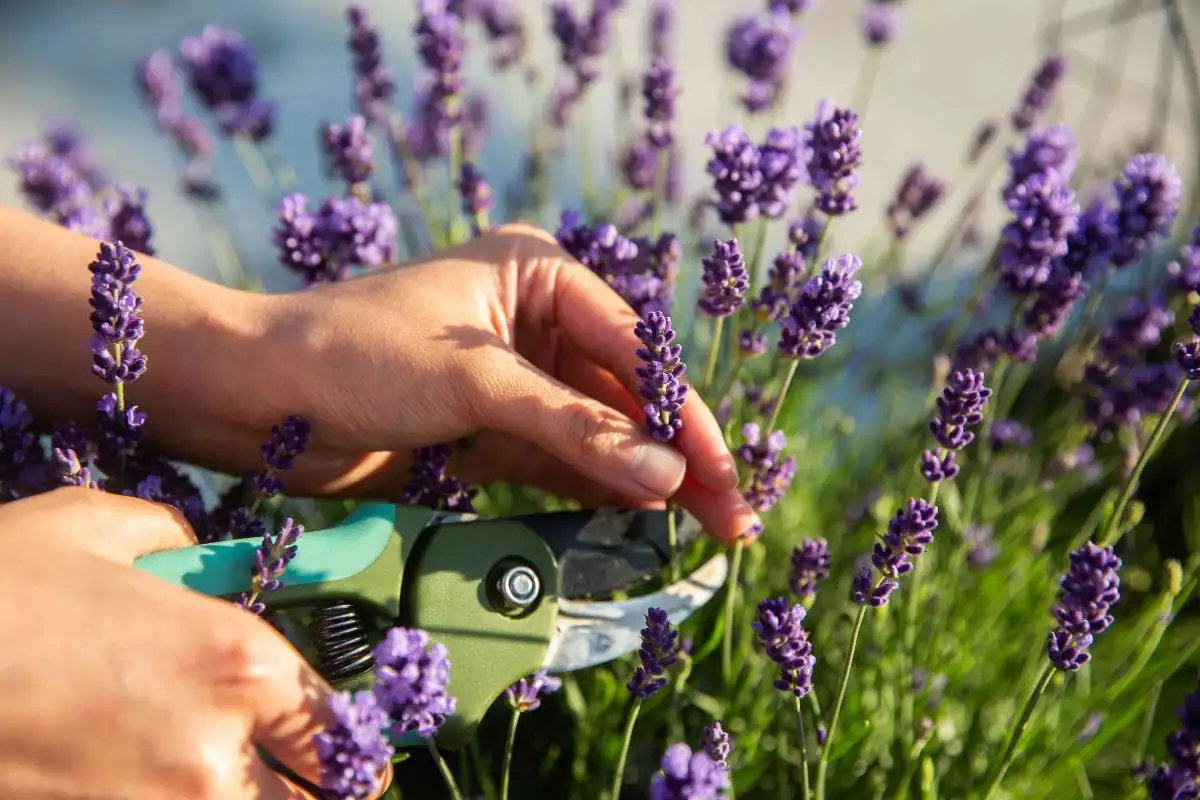
Advertisement
Tips for Tackling Common Issues and Pests
Prevention is the first and best step for avoiding many problems with lavender. Provide your plants with ample air circulation and use a soaker hose instead of a sprinkler to keep the foliage dry. Remove debris from around the plants so that pests cannot hide. Here are some common issues and how to handle them:
- Lavender shab: This fungal spore causes stems to twist and turn brown with black spots. Remove and destroy infected plants, but do not place them in your compost pile.
- Froghoppers or spittlebugs: These sap-sucking insects leave unsightly white blobs on stems and leaves. Fortunately, they're easy to hose off with water.
- Root rot: This fungal disease causes leaves to wilt and brown. To prevent it, cut off and destroy diseased plant parts and roots, and avoid overwatering.
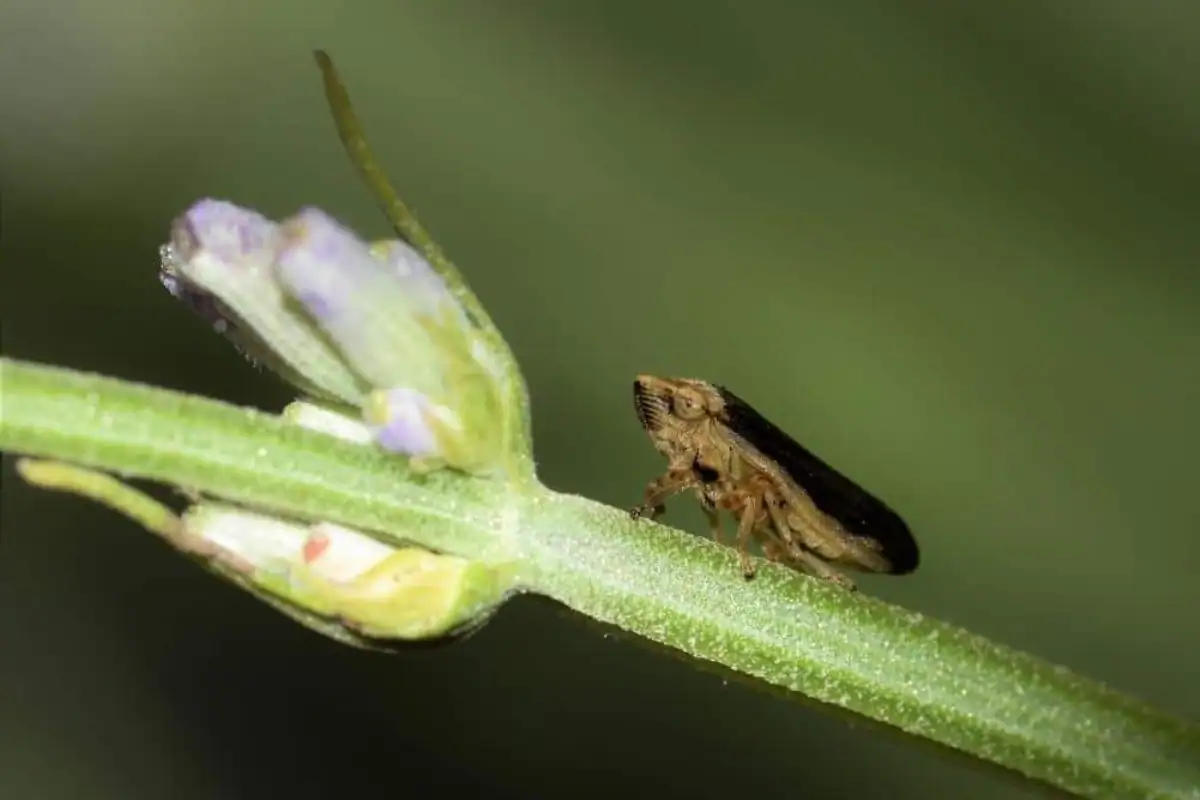
Advertisement
Benefits of and Uses of Lavender
Lavender offers an impressive array of benefits for both the garden and home. The plant attracts pollinators, including bees and butterflies, enhancing the health of your entire garden. Its buds can be dried for potpourri and sachets or crushed to extract lavender oil. Moreover, lavender adds flavor to beverages, desserts, and savory dishes.
Harvest lavender buds to make a relaxing herbal tea. Place some dried flowers inside your pillow or sleep mask to help you unwind. You can also include your lavender in floral arrangements and wreaths for a fragrant touch.
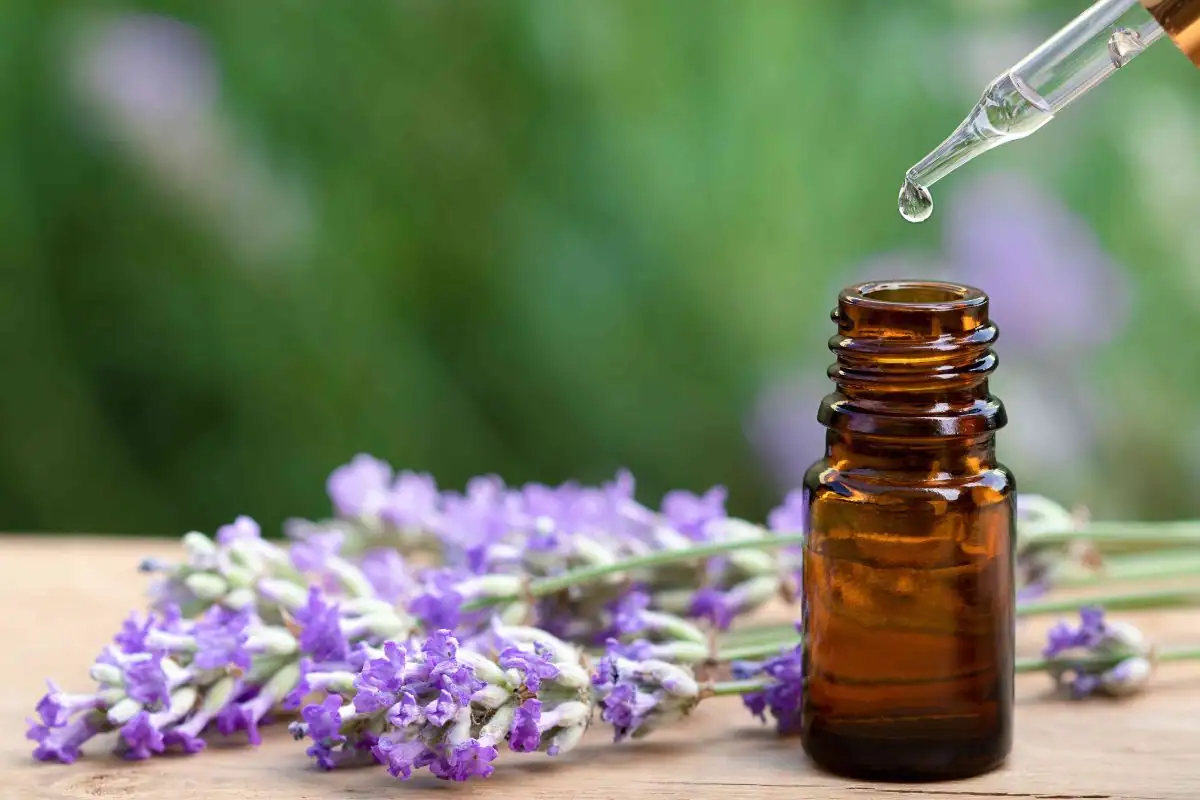
Advertisement
Types of Lavender
Lavender comes in over 40 different species with more than 450 varieties, including some that haven't yet been classified. The most common species in North America are Angustifolia, or English lavender, and Lavandin, or French lavender. Other popular cultivars include Buena Vista, Melissa, and Edelweiss. Consider your climate zone, available space, the size of the mature plant, and your purpose for growing lavender when selecting a variety.
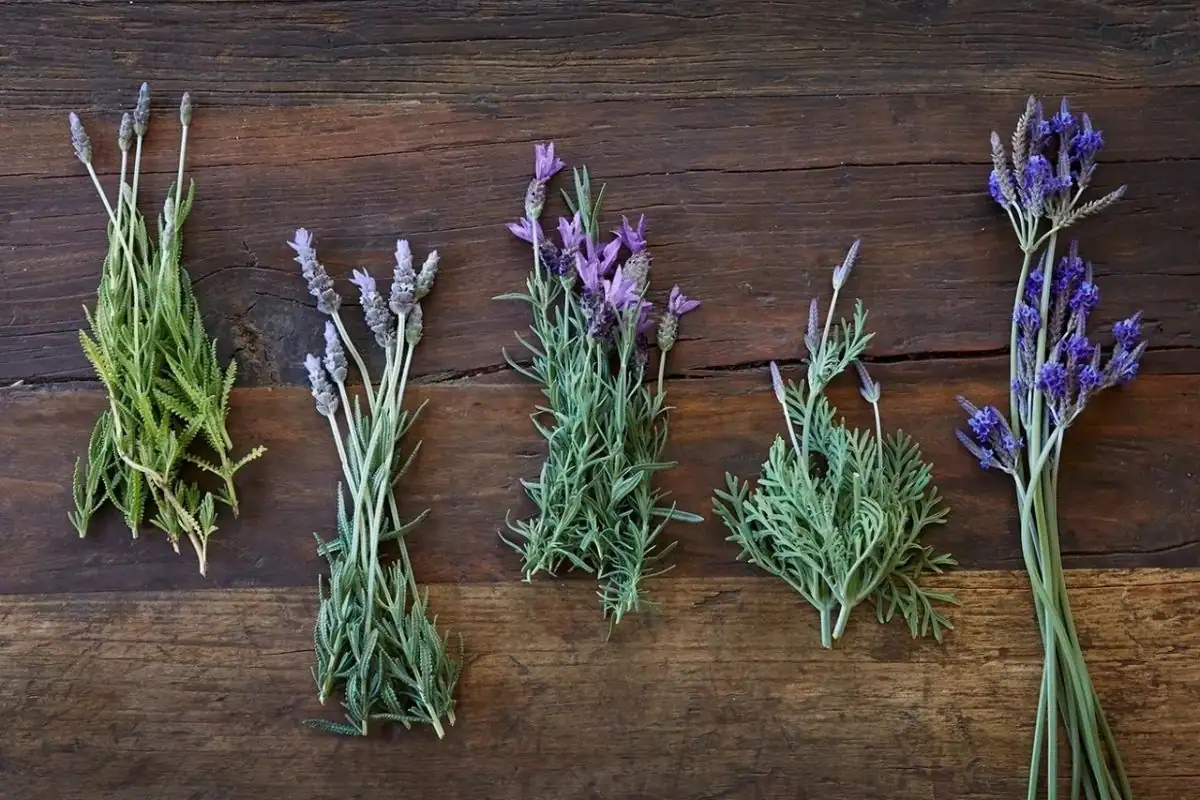
.png)




